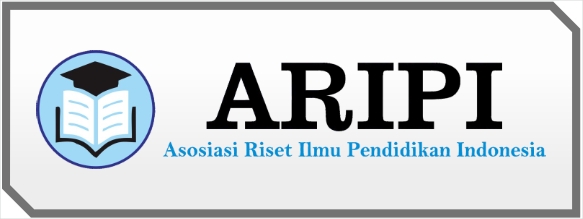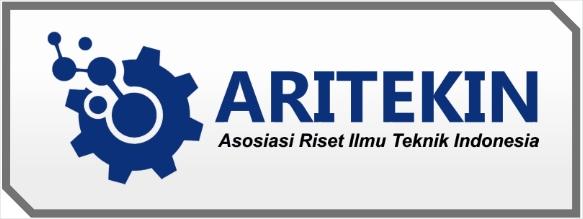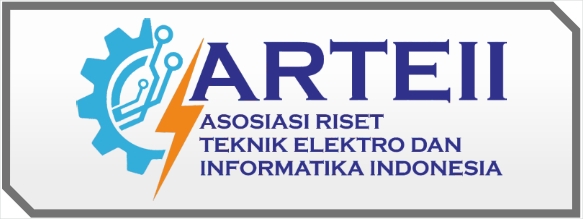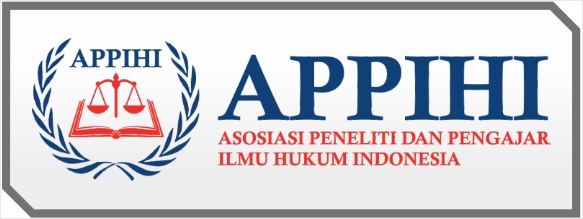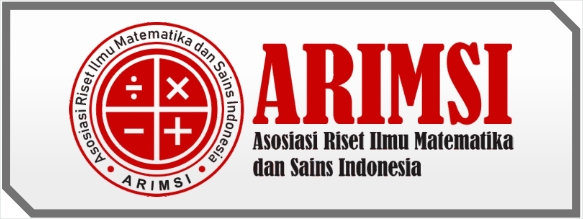Estetika Tari Piriang Hoyak Badarai Sanggar Sarai Sarumpun Di Kota Padang
DOI:
https://doi.org/10.59581/jmk-widyakarya.v1i5.1191Keywords:
Aesthetics, Piriang Hoyak Badarai DanceAbstract
The research aims to reveal and describe the Aesthetics of Hoyak Badarai Plate Dance Sarai Sarumpun Studio in Padang City. This type of research is qualitative research with descriptive methods of analysis. This research instrument is the researcher himself and is assisted by supporting instruments such as stationery and cameras. Data collection techniques are carried out by means of literature studies, observations, interviews and documentation. The steps of analyzing data are data collection, data reduction, data model and drawing conclusions. The results showed that the aesthetics of Piriang hoyak badarai Dance 6 principles, namely the principle of organic unity. Theme Principle, Theme Variation Principle, Balance principle, Development principle and Level Layout principle which are also associated with elements in dance, where dance elements are also divided into 2, namely the main elements such as movement and supporting elements in dance such as floor patterns, dancers, dance accompaniment music, makeup and clothing, property and performance venues. Appearance is one of the fundamental parts that all art objects or art events have. For art performance, there are three elements that play a role, namely talent, skills, and facilities or media. This element was used to study it as the Aesthetics of Piriang Hoyak Badarai Dance at Sarai Sarumpun Studio in Padang City. Piriang Hoyak Badarai dance is a dance that illustrates the nature of community cooperation in working on rice fields starting from hoeing until rice returns to the granary. This is the background behind the creation of Hoyak Badarai Dance. And the source of the gerkana itself is taken from the Minangkabau Basic Motion.
References
Departemen Pendidikan Indonesia (2008). Kamus Besar Bahasa Indonesia. Jakarta: Balai Pustaka.
Desfiarni, D. (2013). Tinjauan Estetika Tari Piriang Jorong Limau Sundai Pasir Talang Solok Selatan. Humanus: Jurnal Ilmiah Ilmu-ilmu Humaniora, 12(2), 120-129.
Dinova, C. (2020). Tari Lungun Koba Di Sanggar Rumah Seni Balai Proco Kabupaten Rokan Hulu (Doctoral dissertation, Universitas Islam Riau).
Hadi, Sumandiyo. (2005). Sosiologi Tari. Yogyakarta: Penerbit Pustaka.
Hasanah, F. A., Mansyur, H., & Asriati, A. (2018). Bentuk Penyajian Tari Putri Berhias Di Kota Lubuklinggau. Jurnal Sendratasik, 7(1), 1-5.
Indrayuda. (2013). Tari Sebagai Budaya dan Pengetahuan. Padang, UNP Press
Marentika, A., Darmawati, D., & Desfiarni, D. (2013). Studi Estetika Tari Piriang Malunyah di Desa Sigintir Kecamatan Sungai Pagu Kabupaten Solok Selatan. Jurnal Sendratasik, 2(1), 50-58.
Marentika, A., Darmawati, D., & Desfiarni, D. (2013). Studi Estetika Tari Piriang Malunyah di Desa Sigintir Kecamatan Sungai Pagu Kabupaten Solok Selatan. Jurnal Sendratasik, 2(1), 50-58.
Moleong, L. J. (2012). Metodologi penelitian kualitatif (Cet. Ke-30.). Bandung: Remaja Rosdakarya.
P. K. D. E. Sumadiningrat & Sobar Budiman. (2021) Kebudayaan, R., & Perbukuan, tiraswati.net
Susanti, D. (2018). Analisis Tari Manjolang Sonjo di Kecamatan Kuok Kabupaten Kampar Propinsi Riau. KOBA, 2(2), 11-11.
The Liang Gie. (1996). Filsafat Keindahan. Yogyakarta: Super Sukses.
Untari, S. (2020). Nilai Estetika Tradisi Tari Inai Di Kecamatan Kubu Kabupaten Rokan Hilir Provinsi Riau (Doctoral dissertation, Universitas Islam Riau).
Wibowo, A. K. (2022). Estetika Garap Tubuh dan Properti dalam Karya Tari Gandhewa Raga. Acintya, 14(2), 205-211.
Widaryanto. (1985). Tari. Proyek Pengembangan Institut Kesenian Indonesia Sub. Proyek Akademi Seni Tari Indonesia. Bandung









